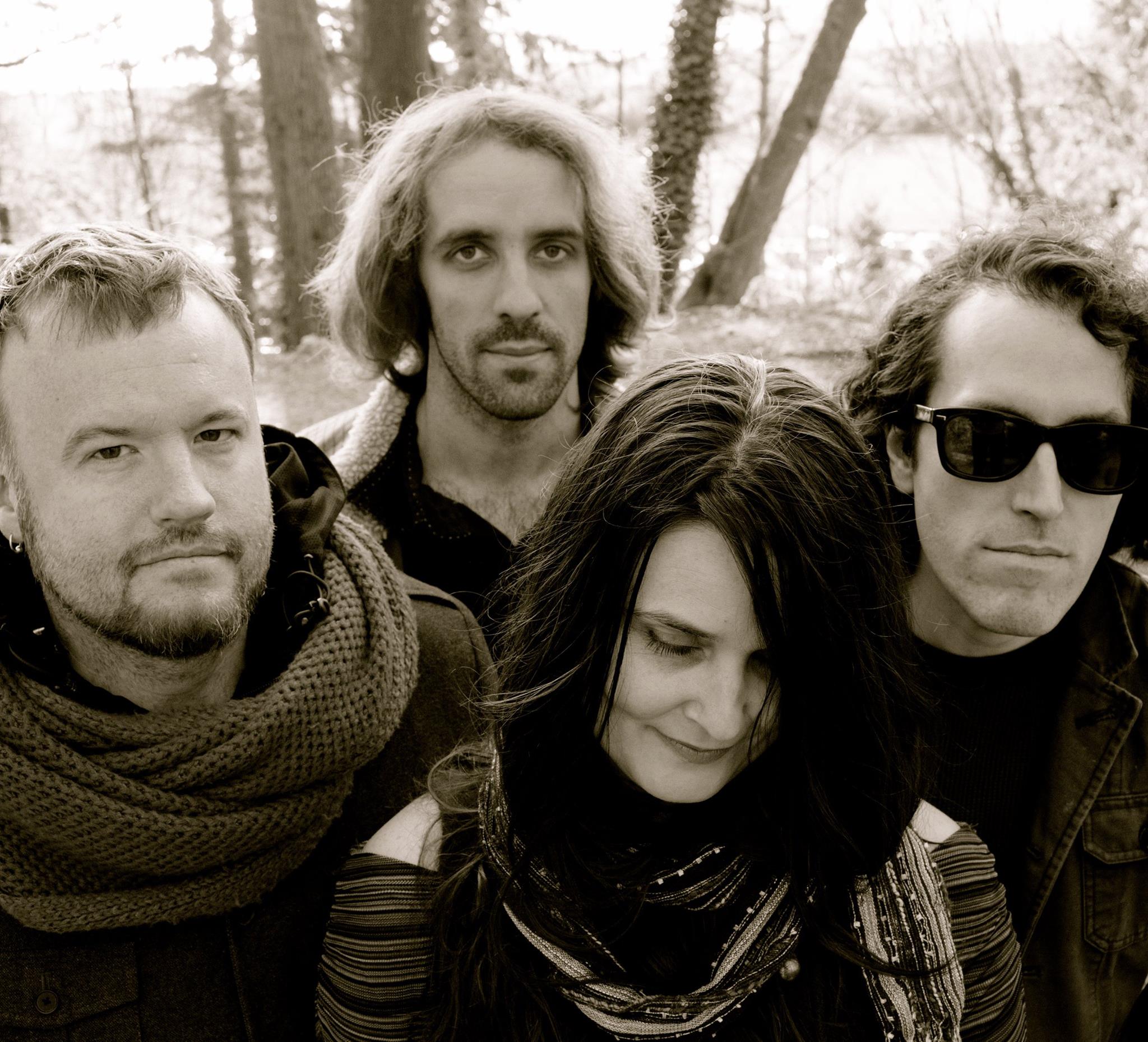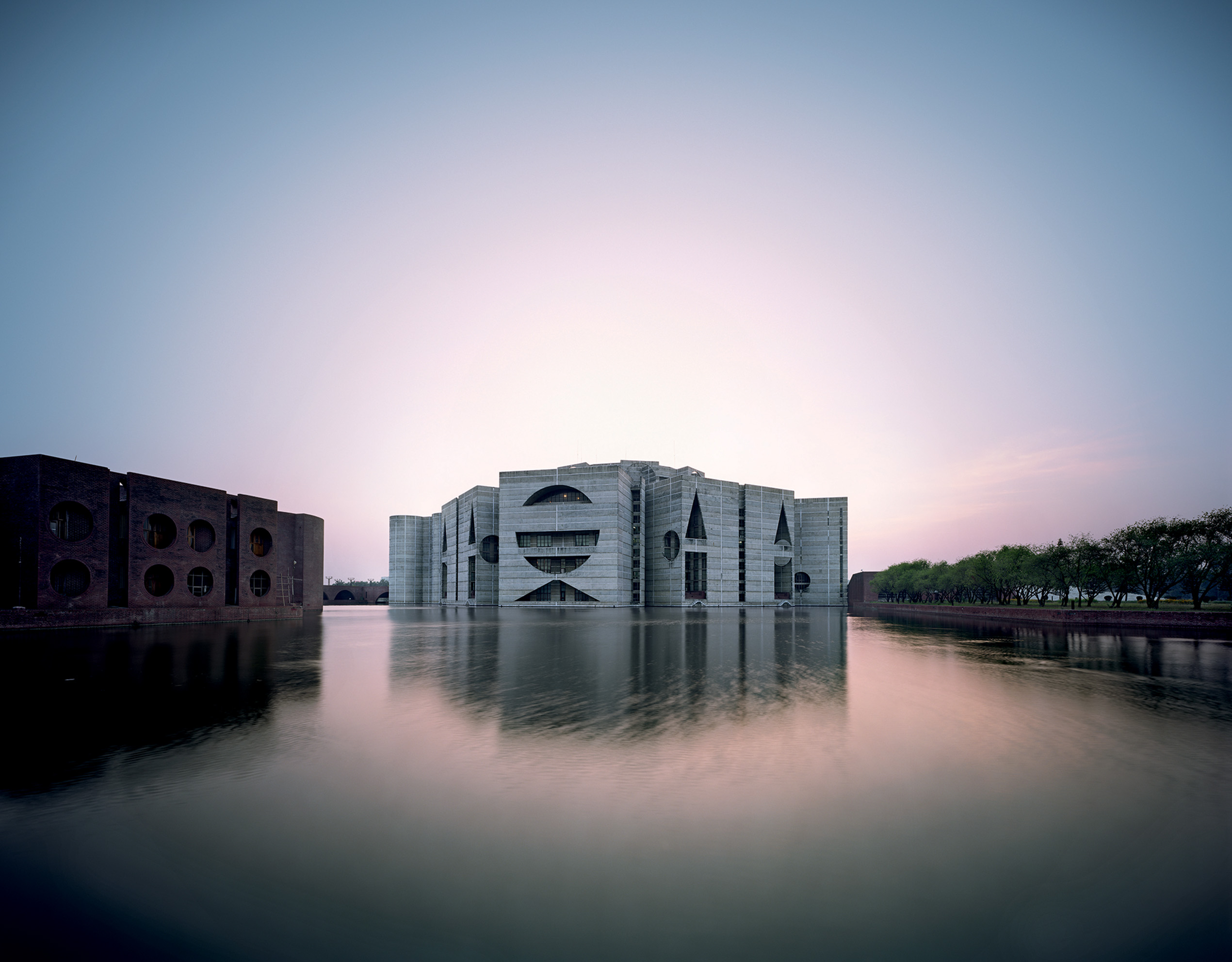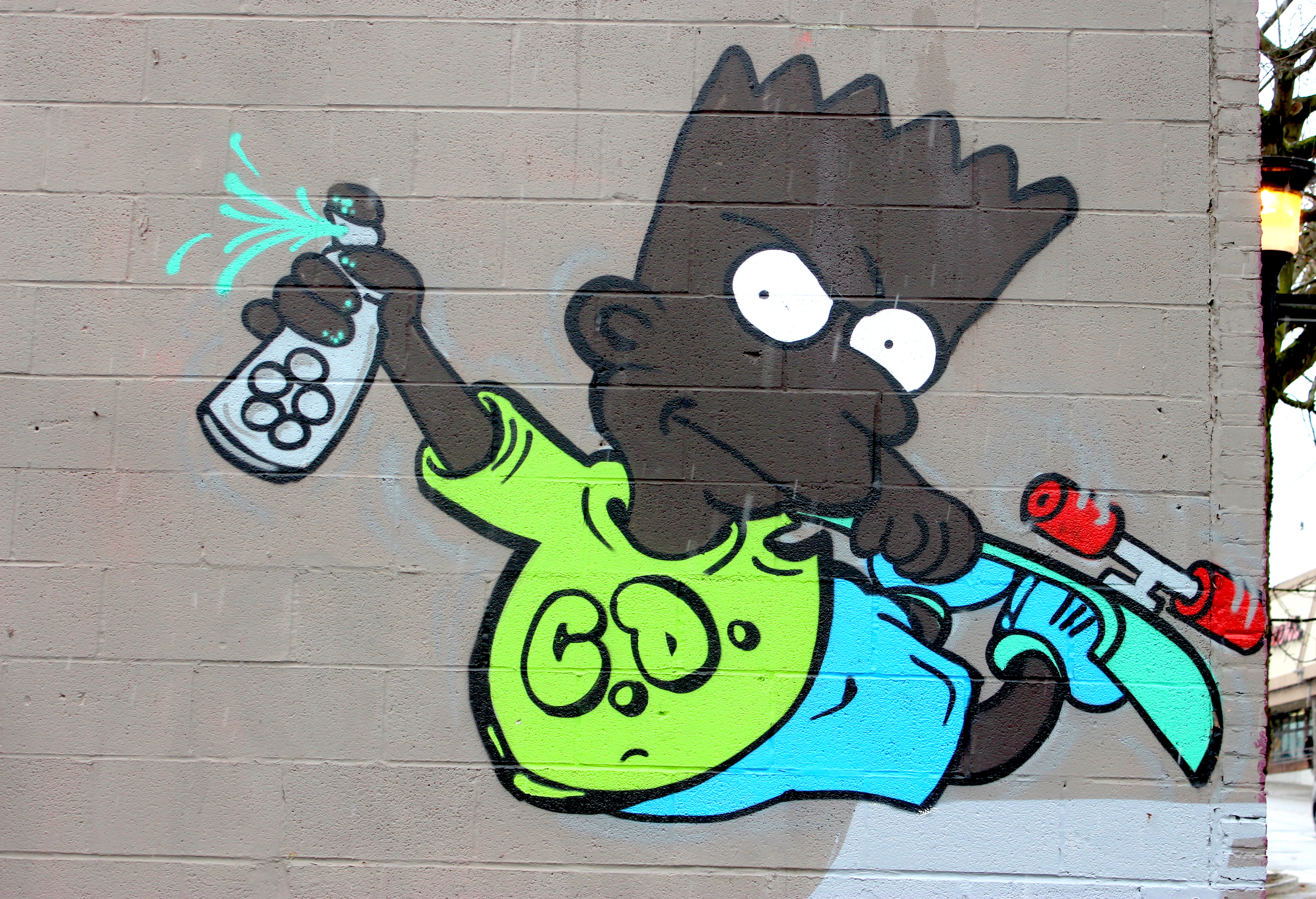The funeral rites of Tibetan sky burial are pretty metal at first glance.
The ancient tradition begins with a monk lighting incense and chanting ritual mantras around the corpse. Then come the rogyapas, or “body-breakers,” who do exactly what you would imagine them to with a title like that. These rogyapas are encouraged by Buddhist teaching to cheerily laugh and chat among themselves during the process of disassembling the corpse. The levity is thought to ease a soul’s transition to the next plane while the flesh and bone that previously housed that soul is ground with rocks into a filmy pulp. Finally the body is placed on a mountaintop, where vultures are ushered in to consume the remains.
It may sound pretty brutal, but the practice illustrates some beautiful, visceral metaphors for one of the three basic tenets of existence in Buddhism: anicca, or “impermanence and change.” The body is only a vessel, after all, so when it’s emptied of its soul, you might as well put it to use by feeding it to the living instead of sticking it in a box or turning it into ashes.
It’s probably no coincidence that the cover of Seattle psych outfit Wind Burial’s self-released debut LP, We Used to Be Hunters, is adorned with a giant wheel cascading inward on itself—a visual representation of the world’s underlying cyclical nature, just like the ritual the band’s name nods to. “Heaven’s what you give away/The land’s on fire/She gave and gave/We all return/One by one,” lead singer Kat Terran muses on “Crown of Bones,” an album standout that crescendos into a hooky, exuberant cry of “One by onnnne!” Like the rogyapas, the song handles death with levity—turning what might otherwise be a dark occasion into a spiritual celebration.
Terran, a scholar of the shamanic traditions of ancient cultures from around the world, weaves her education into We Used to Be Hunters, an expansive record that sounds like it was summoned down from a gusty mountain peak. Full of shimmering 12-string guitar and sweeping, galloping rhythms, it exists somewhere between the lush witchiness of Siouxsie and the Banshees and the dramatic, verdant landscapes of the Pacific Northwest. That earthiness is probably due in part to Nich Wilbur, the Anacortes mainstay and Mount Eerie alumnus who recorded Hunters in The Unknown, an old wooden church in the middle of that nautical northern town.
“We used the church as an instrument, capturing the open acoustics of the building as we performed together in the space,” Terran says. If the church was an instrument, it plays the lead part in the record’s longer tunes, lending a distinct ghostly timbre to the eponymous track’s sun-bleached sonic journey, as well as to the baroque tempest of “Kissing the Curves of the Earth.” “Flying!” Terran exclaims in the latter, “I’m flying above/Love, land below/Kissing the curves of the Earth as I go.” If you’ve ever felt awe on a hike, strangely drawn toward the ancient or attuned to something you might consider “magic,” you are going to love this record.
ksears@seattleweekly.com








